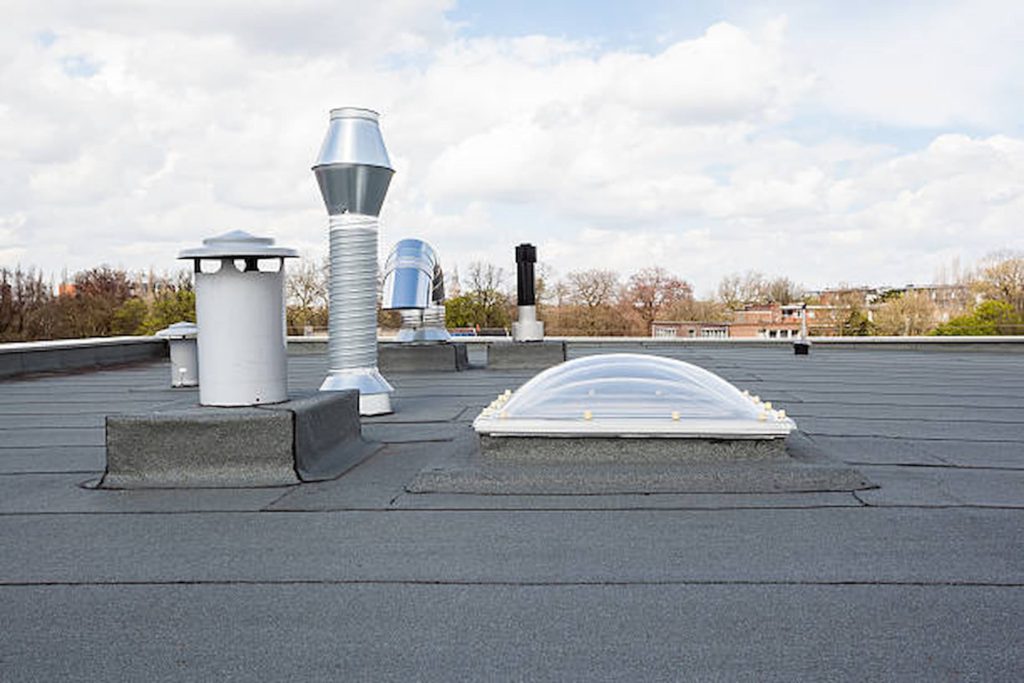Smoke ventilation systems should be an essential part of the overall fire strategy for any warehouse, no matter its size, type or contents. These vital systems work to exhaust smoke from the building in the event of a fire, preventing it from spreading, facilitating the safe evacuation of those on site and helping to reduce the amount of damage to the property and its contents.
Here we help you give you some insight into smoke ventilation systems for warehouses and why they are so important.
What is a Smoke Ventilation System?
If a fire breaks out, smoke ventilation systems are designed to control the movement of smoke and prevent it from spreading throughout the property, protecting the people inside, the premises and its contents.
Smoke vents also known as AOV’s (Automatic Opening Vents) can take the form of windows, vents, rooflights and even doors which are installed in key areas such as stairwells, common areas and corridors. If a fire breaks out, the smoke or heat detectors are triggered and will activate the AOV’s, opening them automatically so that smoke can rise out of the building.
The Importance of Smoke Ventilation in Warehouses
Warehouses are used by a wide range of sectors and businesses from importers, exporters and wholesalers to manufacturing, healthcare, retail and many more. The premises themselves are usually very large, spanning hundreds of thousands square feet which means that within them they can house a vast amount of pallets, boxes and containers. In addition to this, because a lot of warehouses tend to have high-bay storage, the potential fire growth can be much greater as fire can travel vertically very quickly up the racking.
If a fire breaks out in a warehouse, then the consequences can be devastating, not only putting lives at risk but leading to the damage and loss of the items stored there, which some businesses may never be able to recover from.
The Benefits of Effective Smoke Ventilation
In the event of a warehouse fire, an effective smoke ventilation system can help to;
– Reduce the amount of smoke and fumes
– Protect vital escape routes
– Improve visibility
– Reduce the chance of injuries and fatalities
– Ensure a quicker, safer exit for occupants
– Allow in fresh, clean, breathable air
– Reduces the amount of damage to the property and its contents
– Aids firefighters and allows them to safely enter the building and quickly find the source of the fire
Types of Smoke Ventilation Systems
There are 2 main types of smoke ventilation, natural smoke ventilation and mechanical smoke ventilation.
Natural Smoke Ventilation
Uses well placed open airways and passive forces to vent smoke, fumes and heat and draw in cool, fresh, clean air. They are affordable, low maintenance, durable and can be used as part of natural ventilation for temperature control, comfort and indoor air quality. Natural smoke ventilation systems also;
– Operate silently
– Are lightweight
– Sensitive to wind effects
– Have a failsafe operation
– Do not have any temperature or time limits
– Are self-compensating
Mechanical Smoke Ventilation
This type of system utilises powered elements such as fans to forcefully move smoke, heat, fumes whilst introducing fresh air to quickly clear vital exits and escape routes. They are extremely effective at removing smoke to improve air quality and visibility and require less space for shaft areas. Mechanical smoke ventilation systems;
– Are not sensitive to wind or air pressure
– Have a fixed extract volume
– Require considerations for noise and weight
– Have a dedicated air inlet
– Are suitable for ducting
The most effective approach for smoke extraction will depend on the size, type, layout and design of the warehouse.
